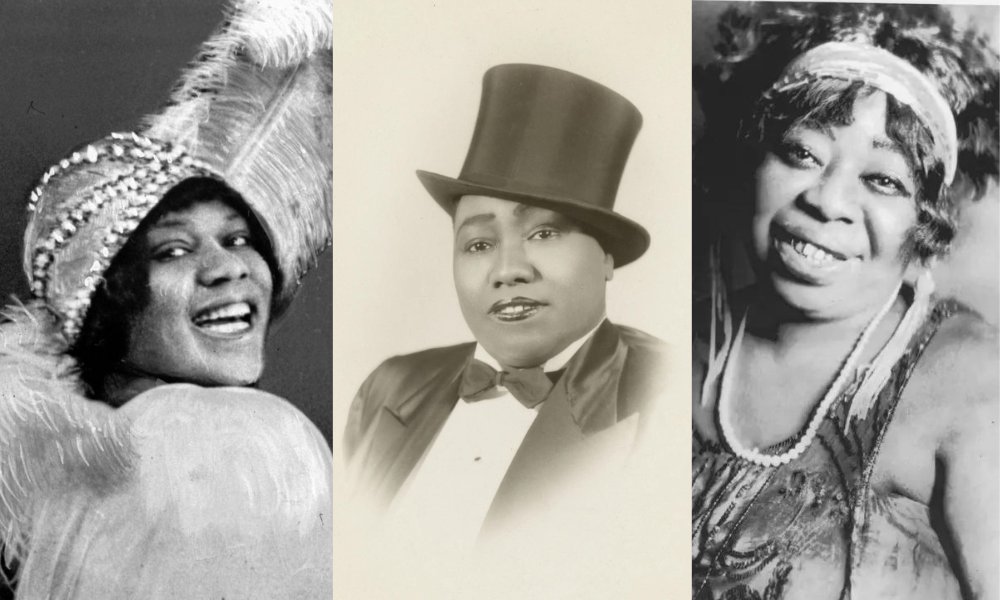
1. The Compton’s Cafeteria Uprising
Trans women and drag queens had been fighting against police brutality since before Stonewall. Compton’s Cafeteria in San Francisco was a diner that was open all night, which made it a common place for sex workers, drag queens, and trans women to get a meal after work.
Because it was a popular place for LGBTQ+ people and other “degenerates,” it often was targeted by police. In August 1966, 3 years before Stonewall, a drag queen threw a cup of coffee into a cop’s face after he grabbed her during one of the commonplace police raids. Similarly to Stonewall, they had enough of the harassment by the cops and fought back with food, their fists, and whatever else they could find. The night ended with tables flipped, broken windows, a trashed cop car, and a newsstand went up in flames.

2. Why the “L” is first in LGBTQ+.
When the government started to see that HIV and AIDS were primarily impacting the LGBTQ+ community they turned a blind eye to their suffering. Within the community, lesbians rose to help their queer siblings. They rolled up their sleeves and donated blood when “men who have sex with men” were banned from donating blood out of fear of HIV transmission.
This led to a critical blood shortage, especially for HIV patients who needed frequent transfusions. In response, groups of lesbians, like the San Diego Blood Sisters, organized blood drives to ensure their donations went directly to those in need. Their efforts cemented lesbians as key caretakers during the AIDS pandemic, stepping up when medical professionals often refused to help. This is one of the reasons why the “L” is first in LGBTQ+.

3. The Second National March on Washington for Lesbian and Gay Rights in 1988 is why we celebrate National Coming Out Day.
The Second National March on Washington for Lesbian and Gay Rights, held on October 11, 1987, drew around 750,000 participants, making it a key moment in LGBTQ history. With a strong focus on AIDS activism, the march marked the first national media coverage of ACT UP, an advocacy group for people with AIDS.
Taking place at the height of the AIDS crisis, it worked to humanize those living with HIV/AIDS during a time of widespread stigma. The event also featured the first public display of Cleve Jones' NAMES Project AIDS Memorial Quilt. In addition to advocating for people with HIV/AIDS, protesters called for legal recognition of lesbian and gay relationships, the repeal of sodomy laws, and stronger protections against anti-LGBTQ discrimination.

4. A trans woman was behind some of the most iconic movie scores of the 70s and 80s.
Meet Wendy Carlos, the “Godmother of Electronic Music.” Born in Pawtucket, Rhode Island in 1939, Carlos studied music and physics at Brown University and later got her master’s in music composition. Her groundbreaking work with synthesizers led to the unforgettable scores for A Clockwork Orange, The Shining, and Tron.
Carlos transitioned in 1972, and while she stayed out of the spotlight, her influence on electronic music only grew. Fun fact: she even turned down visits from celebs like George Harrison and Stevie Wonder, who were eager to learn from her! She continued releasing music through the ‘90s, including a playful album with “Weird” Al Yankovic. Wendy Carlos’ work continues to inspire new generations of musicians, including Michael Stein and Kyle Dixon, who composed the Stranger Things soundtrack.

5. Some of the queens of the blues were queer.
The blues is more queer than you originally thought.
Several stars of the 1920s classic blues scene, including Ma Rainey, Bessie Smith, and Alberta Hunter, were involved in same-sex relationships, though they never spoke publicly about their sexual identities. Within their circles, they were more open, and some songs, like Rainey’s “Prove It On Me Blues,” referenced lesbian relationships. These blueswomen were also influential in the Harlem cultural scene, with the blues being a vital part of the Harlem Renaissance and inspiring writers like Langston Hughes.

